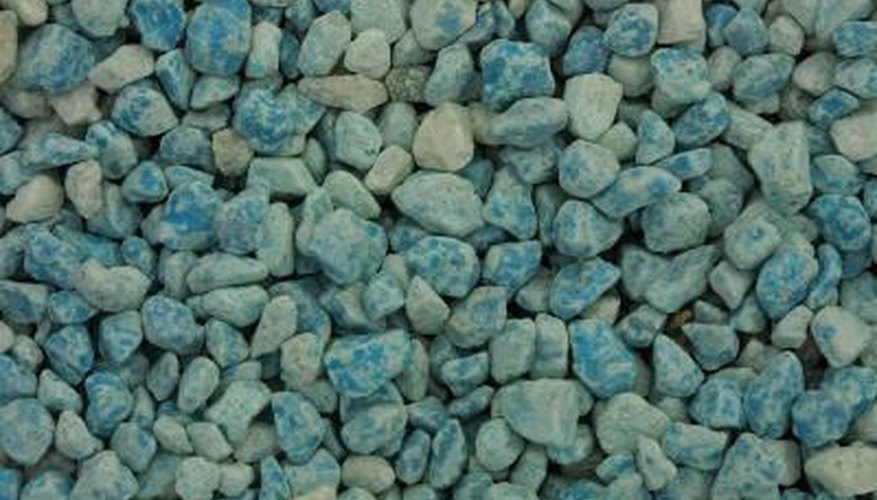Because it doesn't deteriorate over time, gravel is common as a permanent mulch around shrubs and trees. However, if you put gravel down on the ground without soil-blocking landscaping cloth beneath it, eventually the gravel begins to sink into the soil, creating a dirt-filled gravel mulch. To remove the soil from the gravel mulch, create a sifting screen that gardeners use to remove rocks, clods of soil and other debris from garden beds -- one shovelful at a time.
Make a square frame with the 30-inch, 2-by-2 lumber. Fasten the corners together with drywall screws.
Attach one of the shorter pieces of 2-by-2 lumber to each of two corners that are next to each other, using drywall screws. These will be the legs for the frame.
- Because it doesn't deteriorate over time, gravel is common as a permanent mulch around shrubs and trees.
- Attach one of the shorter pieces of 2-by-2 lumber to each of two corners that are next to each other, using drywall screws.
Cover the top of the frame with mesh hardware cloth. The size of the holes in the mesh should be slightly smaller than the gravel. Staple the mesh to the frame using a staple gun.
Prop the sifting screen over a tarp laid on the ground. The tarp will collect the sifted soil, making the soil easier to reuse. Put the end of the sifting screen on the ground that is opposite the end with legs, so the sifting screen sits at an angle.
Put gravel onto the sifting screen, a few shovelfuls at a time. Gently shake the screen from side to side to loosen the dirt from the gravel and make it fall through the screen onto the tarp below.
- Cover the top of the frame with mesh hardware cloth.
- Gently shake the screen from side to side to loosen the dirt from the gravel and make it fall through the screen onto the tarp below.
Remove the gravel from the sifting screen when you've sifted the soil out of it.
Repeat with the remaining gravel.
TIP
If you want to end up with fine, sifted soil, use hardware cloth with a very small mesh openings. Fine, sifted soil is ideal for placing on top of regular garden soil when you are starting very small seeds.
